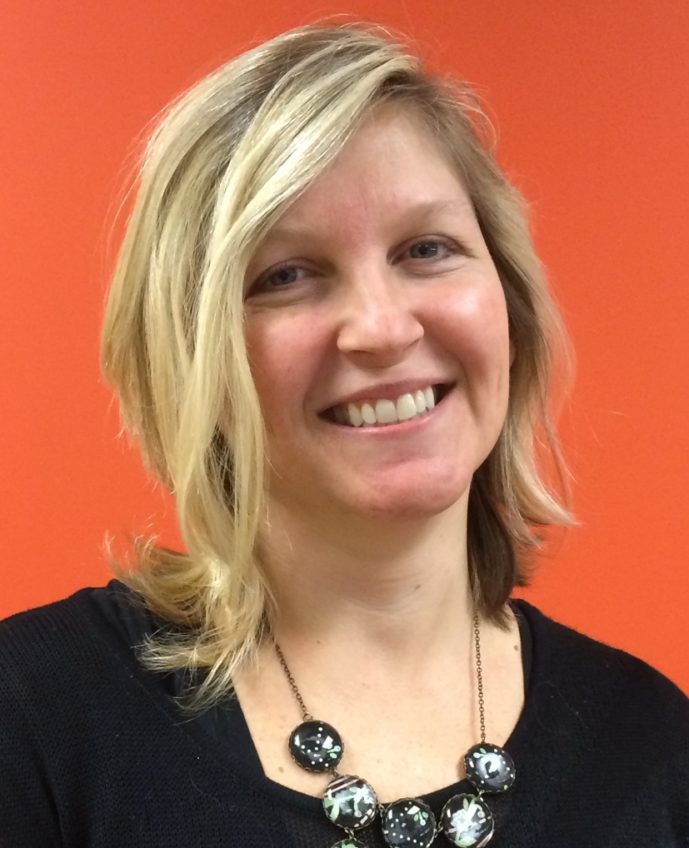As generations change, so does the world around us. That sentiment is most evident in the world of technology. The younger generations Y and Z not only have cooler digital “stuff” than their Generation-X peers did, but they use it more smartly. So beyond snapping way more selfies than society could ever need, are there true benefits to a tech-savvy, digital native generation coming up behind us?
Since the month of October stands for All Things Pink, we’ve examined the differences between women over and under the age of 40 in how they use digital technology and whether these usage patterns may impact breast cancer. Why 40 as the age divide? According to the American Cancer Society, women should begin routine mammograms at age 40. This number also coincides neatly with demographic breaks around digital usage.
Will the way the next generations engage with the digital world effect real change in breast cancer? We think in some ways it will.
We’ve already seen a shift over the last few years to a more edgy, open tone in the breast cancer conversation. The classic Susan G. Komen pink ribbon has evolved out into “Save the Tatas” and “Feel Your Boobies.” Women under 40 are much more comfortable being open with their personal affairs. They have grown up starring in YouTube videos and posting self-absorbed news flashes on social media. Women over 40, on the other hand, have had to adjust to revealing more of themselves online. Many still aren’t comfortable being so candid: Nearly 30% of women over 40 would rather read than post.
The younger generation of women will be the next breast cancer patients, caregivers, friends, and daughters, and they have a different mindset than generations dealing with the disease today. They talk openly about their health and use technology to access news, look for answers, manage their lives and schedules and support each other. They are digital natives who have grown up with the ability to customize everything from desktops and phone cases to Pinterest pages. So how will this new generation change the face of breast cancer awareness and treatment? In three ways:
Preventative care
More than half (53%) of women under the age of 25 use the calendar on their wireless device to book appointments or review their schedules. Only 22% of women over 40 use digital calendars. At the same time, less than 73% of women over 40 get the recommended breast cancer screenings. While 80 to 90% of breast cancers in women without symptoms in the U.S. will be detected by mammography, only 53% of women 40 and older in the U.S. reported having a mammogram in the last year.
E-reminders of mammograms and annuals could serve as the impetus for higher mammogram and screening compliance. The new generation of women will have screenings plugged in to their devices. And if healthcare providers want to keep up with this trend, they will make it easier to push notifications to their patients as well as create a more seamless approach to booking appointments digitally. This, combined with better mammogram environments that include music, warm robes and an almost spa-like approach, means the treatment and caregiver experiences themselves will become more and more palatable.
Sharing and support
The younger woman who will someday be diagnosed or serve as a caregiver will turn to social networking and, in all likelihood, be much more open about asking questions and seeking support. She will use digital tools for managing treatments; she will be more compliant with medication e-reminders for herself or anyone for whom she is caring. Similarly, she will connect with her healthcare provider via email and text for more in-depth dialogue and immediacy.
Customized care – customized diagnosis
Five to 10% of breast cancers can be linked to gene mutations inherited from either parent, with mutations of the BRCA1 and BRCA2 genes the most common. Women with a BRCA1 mutation have a 55 to 65% risk of developing breast cancer before age 70, and often at a younger age that it typically develops.
However, new research is looking at more than a dozen specific and unique markers for diagnosing breast cancer. This more granular and nuanced approach means that treatment regimens will be increasingly personalized based on a patient’s particular markers. Just as their devices and technology are more personalized, their course of breast cancer treatment will also be uniquely tailored.
As science and technology continue to accelerate, the next generation is right there with it – in many cases, ahead of it. Younger women are ready to manage and beat breast cancer in a whole new way, with a whole new attitude and whole new set of tools. While there will still be many duck faces disappearing into the Snapchat vapor, many of these generational changes will be for the better… even for older women who someday may need the younger generation’s help.
Christina Mullen is director of commercial strategy and innovation at Cadient.








